POPULATION
2.364.396
CURRENCY
AZERBAIJANI MANAT
TIMEZONE
GMT +4:00
LANGUAGE
AZERBAIJANI
WEATHER
JULY 25ºC /
JANUARY 1ºC
AIRPORTS
Gabala International Airport
HISTORICAL IMPORTANCE OF GABALA
Gabala (Qabala), nestled in the picturesque foothills of the Caucasus Mountains, holds profound historical importance in Azerbaijan. Dating back to ancient times, it served as a pivotal hub along the Silk Road, facilitating trade and cultural exchange between the East and West. This strategic location not only shaped its economic prosperity but also enriched its cultural tapestry with influences from Persian, Arab, and Turkic civilizations. Qabala played a significant role in the spread of Islam in the region, evidenced by its historic mosques and religious sites. Today, it continues to attract visitors with its natural beauty and recreational opportunities, such as the Tufandag Mountain Resort, showcasing its enduring significance as both a cultural landmark and a vibrant tourist destination in Azerbaijan.
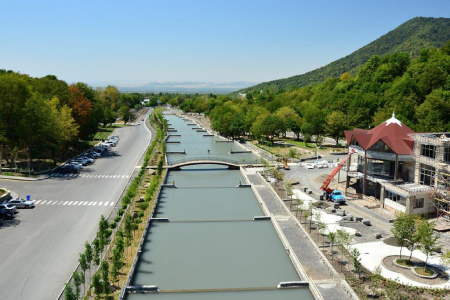
CAUCASIAN SWITZERLAND
Gabala, often referred to as the "Caucasian Switzerland," is renowned for its breathtaking natural beauty and picturesque landscapes reminiscent of the Swiss Alps. Located in the northern part of Azerbaijan, nestled amidst the lush green valleys and majestic Caucasus Mountains, Gabala offers visitors a serene and captivating environment. The comparison to Switzerland stems from its verdant hills, pristine lakes, and the Tufandag Mountain Resort, which draws parallels to Switzerland's renowned ski resorts. This natural beauty has made Gabala a popular tourist destination within Azerbaijan, attracting visitors seeking outdoor activities such as hiking, skiing, and enjoying the tranquility of its natural surroundings. Beyond its natural charm, Gabala also boasts historical significance and cultural richness, further enhancing its allure as a must-visit destination in the Caucasus region.
THE BEST TIME TO VISIT GABALA
The best time to visit Gabala, Azerbaijan, is during the summer months from June to September when the weather is pleasantly warm and ideal for outdoor activities. During this period, temperatures range from comfortable highs of 25-30°C (77-86°F), perfect for exploring the lush green landscapes, hiking in the surrounding mountains, and enjoying outdoor sports like cycling and horseback riding. Additionally, summer brings longer daylight hours, allowing ample time to visit Gabala's attractions such as the Tufandag Mountain Resort, Nohur Lake, and the Gabala Shooting Club. The summer season also coincides with various cultural events and festivals, offering visitors a chance to experience local traditions and cuisine. For those interested in winter sports, the ski season at Tufandag typically runs from December to March, making it another popular time to visit Gabala for snow sports enthusiasts.
TRANSPORTATION TO GABALA
Getting to Gabala, Azerbaijan, is convenient whether you're traveling domestically or internationally. The most common way to reach Gabala is by flying into Heydar Aliyev International Airport in Baku, the capital city. From Baku, you can take a domestic flight to Gabala International Airport, which offers direct connections between these cities. Alternatively, you can opt for a scenic road trip from Baku to Gabala, which takes approximately 3-4 hours by car or bus, depending on traffic and road conditions. The route from Baku to Gabala passes through picturesque landscapes, providing travelers with an opportunity to enjoy the natural beauty of Azerbaijan's countryside. Once in Gabala, local transportation options include taxis, rental cars, and buses, which make it easy to explore the city and its surrounding attractions such as Tufandag Mountain Resort and Nohur Lake.
SILK ROAD
Gabala, historically known as Qabala, played a significant role as a pivotal hub along the Silk Road, the ancient network of trade routes that connected East Asia with the Mediterranean world. Situated in northern Azerbaijan, Gabala's strategic location facilitated trade and cultural exchange between various civilizations, including those from China, Persia, Central Asia, and Europe. Merchants traveling along the Silk Road passed through Gabala, exchanging goods such as silk, spices, precious metals, and other commodities. This trade brought prosperity to the region, contributing to its economic development and cultural diversity. Gabala's position as a Silk Road hub not only enhanced its importance as a trading center but also enriched its cultural heritage with influences from different cultures and civilizations that traversed this historic route. Today, remnants of this historical significance can be seen in Gabala's archaeological sites and cultural artifacts, reflecting its enduring legacy as a crossroads of commerce and cultural exchange in the ancient world.
THINGS TO DO AND PLACES TO VISIT

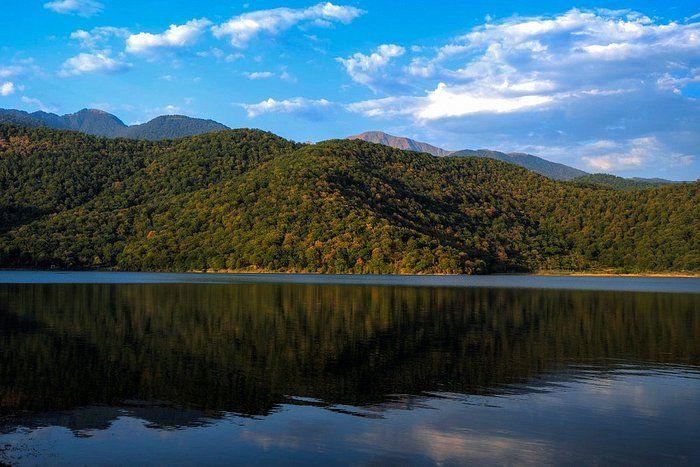
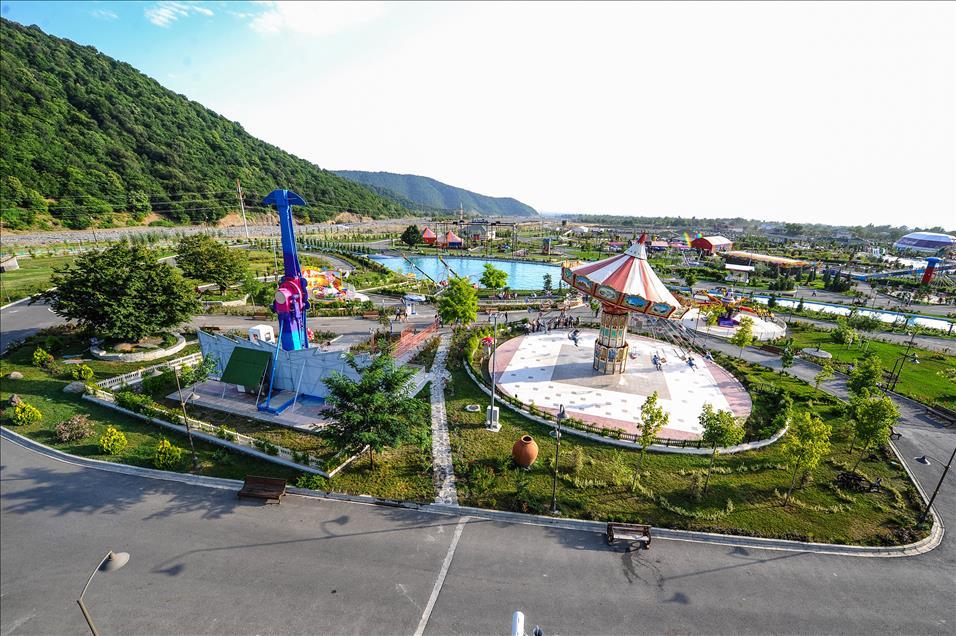
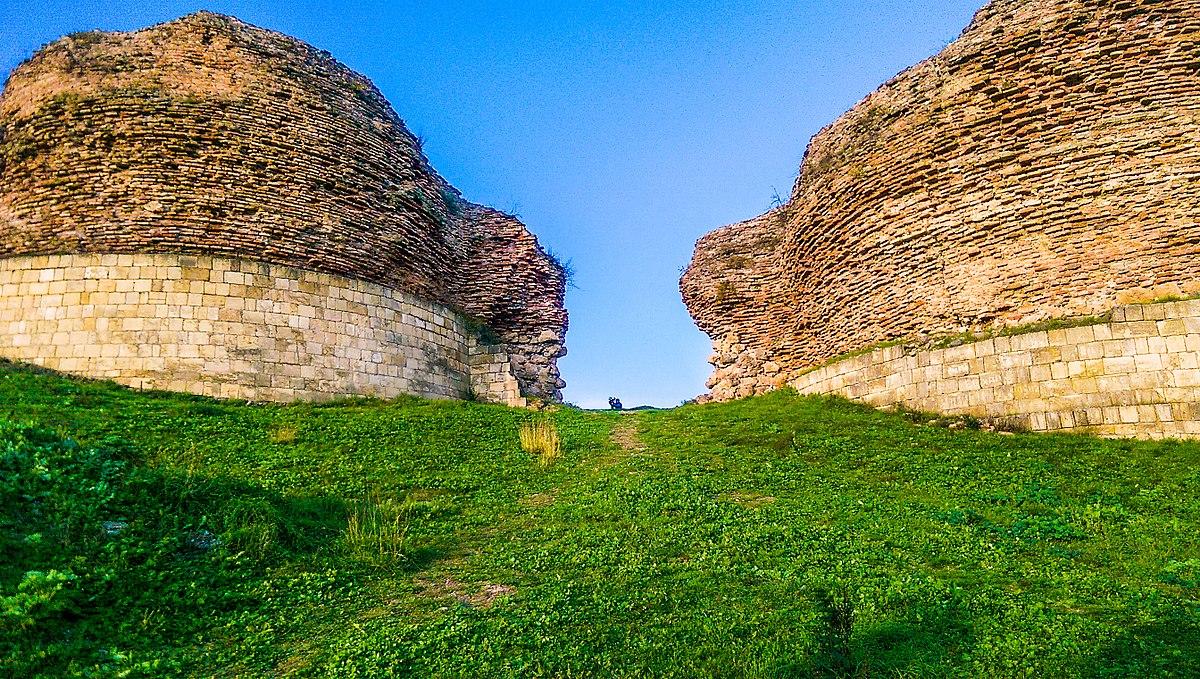
WHAT TO EAT IN GABALA
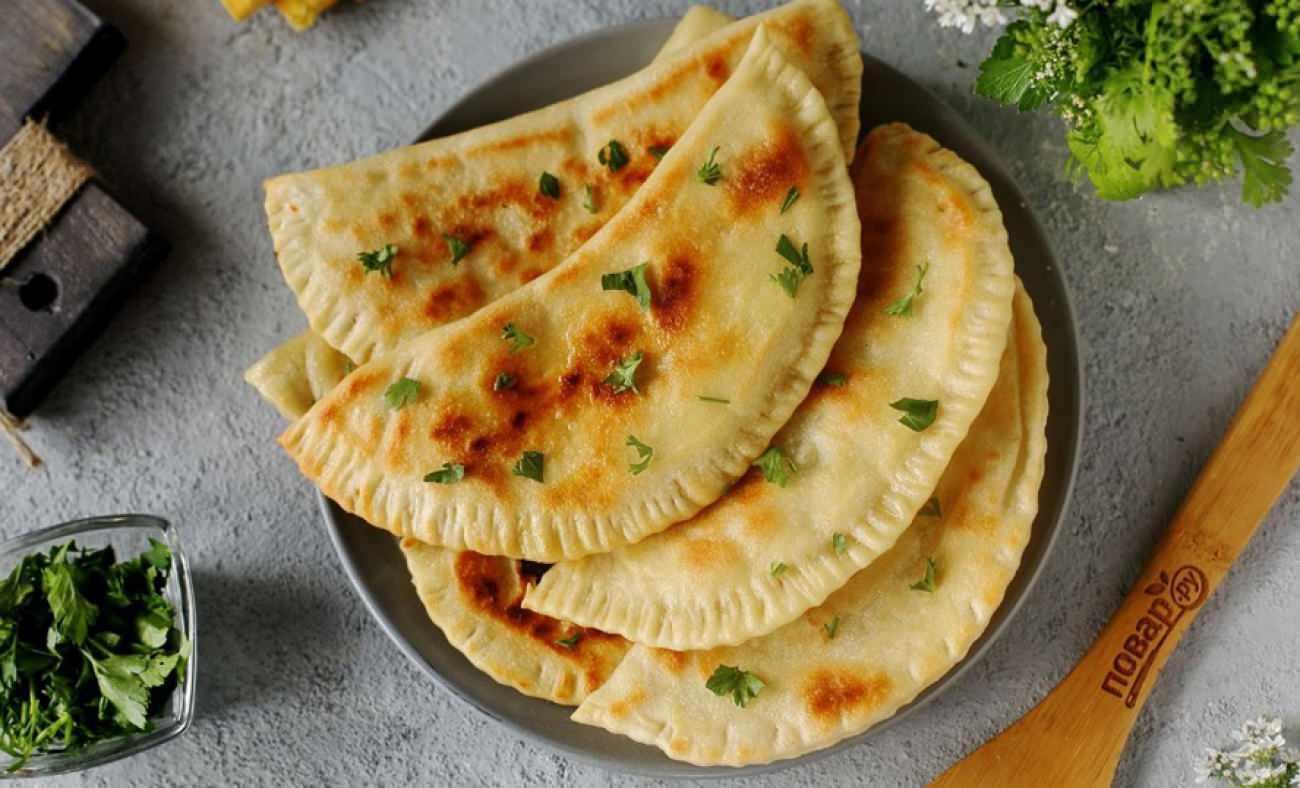
QUTAB
Qutab is a beloved Azerbaijani dish consisting of thin, unleavened dough filled with savory ingredients and cooked on a griddle. The dough is rolled out thinly and filled with a variety of fillings such as minced meat with onions and spices, fresh herbs like spinach and dill, or mashed pumpkin mixed with herbs and spices. Once filled, qutab is folded over, sealed, and cooked until crispy and golden brown. It is often served hot and accompanied by yogurt mixed with garlic or sour cream, along with Azerbaijani tea or ayran. Qutab holds cultural significance in Azerbaijani cuisine, enjoyed during gatherings, celebrations, and as a symbol of hospitality, showcasing the country's rich culinary traditions and flavors.

LAVANGI
Lavangi is a traditional Azerbaijani dish known for its flavorful preparation of meat, typically chicken or fish. The dish involves stuffing the meat with a mixture of ground walnuts, onions, garlic, and aromatic herbs like coriander and mint. The stuffed meat is then roasted or grilled, imparting a rich, nutty flavor from the walnuts and a blend of spices. Lavangi is often served hot and accompanied by sides such as rice pilaf or fresh herbs, showcasing the culinary expertise and cultural heritage of Azerbaijan. It is a dish that combines savory flavors with the essence of Azerbaijani hospitality, making it a favorite among locals and visitors alike.

AZERBAIJANI TEA
Azerbaijani tea culture is deeply ingrained in the country's social fabric, representing hospitality and tradition. Typically served in small, pear-shaped glasses called armudu, Azerbaijani tea is a strong black tea brewed in a samovar—a traditional tea urn that keeps the tea hot. The tea leaves used are often a blend of strong black teas, producing a robust flavor that is both invigorating and aromatic. Azerbaijanis take pride in their tea-serving etiquette, where the host pours tea for guests as a gesture of warmth and hospitality. Tea is commonly enjoyed throughout the day, whether at home, in tea houses (chaykhana), or during social gatherings. It is often accompanied by traditional Azerbaijani sweets like baklava or shekerbura, enhancing the tea-drinking experience with a delightful combination of flavors.

BAKLAVA
Azerbaijani baklava, known locally as "pakhlava," is a rich and indulgent pastry that holds cultural significance in Azerbaijani cuisine. Unlike the Greek or Turkish versions, Azerbaijani baklava is characterized by its distinct preparation and presentation. It consists of layers of thinly rolled dough (phyllo pastry) filled with chopped nuts, typically walnuts or almonds, and sweetened with a syrup made from sugar, water, and occasionally lemon juice or rose water for flavor. Each layer is brushed with melted butter or oil before baking to achieve a crispy texture. Azerbaijani baklava is often cut into diamond or square shapes and garnished with whole nuts or ground cinnamon. It is traditionally prepared during holidays and special occasions, symbolizing generosity and hospitality in Azerbaijani culture. Baklava is enjoyed alongside Azerbaijani tea, enhancing its sweet and nutty flavors with the beverage's warmth and aroma.
HOW MANY DAYS SHOULD YOU SPEND IN GABALA?
The ideal duration to spend in Gabala largely depends on your interests and the activities you plan to engage in. For a comprehensive experience, including exploring the natural beauty, historical sites, and engaging in outdoor activities, a stay of 2 to 3 days is typically sufficient. This timeframe allows you to visit attractions like the Tufandag Mountain Resort, Nohur Lake, Gabala Shooting Club, and experience local cuisine and culture. However, if you wish to delve deeper into specific activities or simply relax amidst Gabala's tranquil surroundings, extending your stay to 4 or more days would offer a more leisurely and immersive experience.
